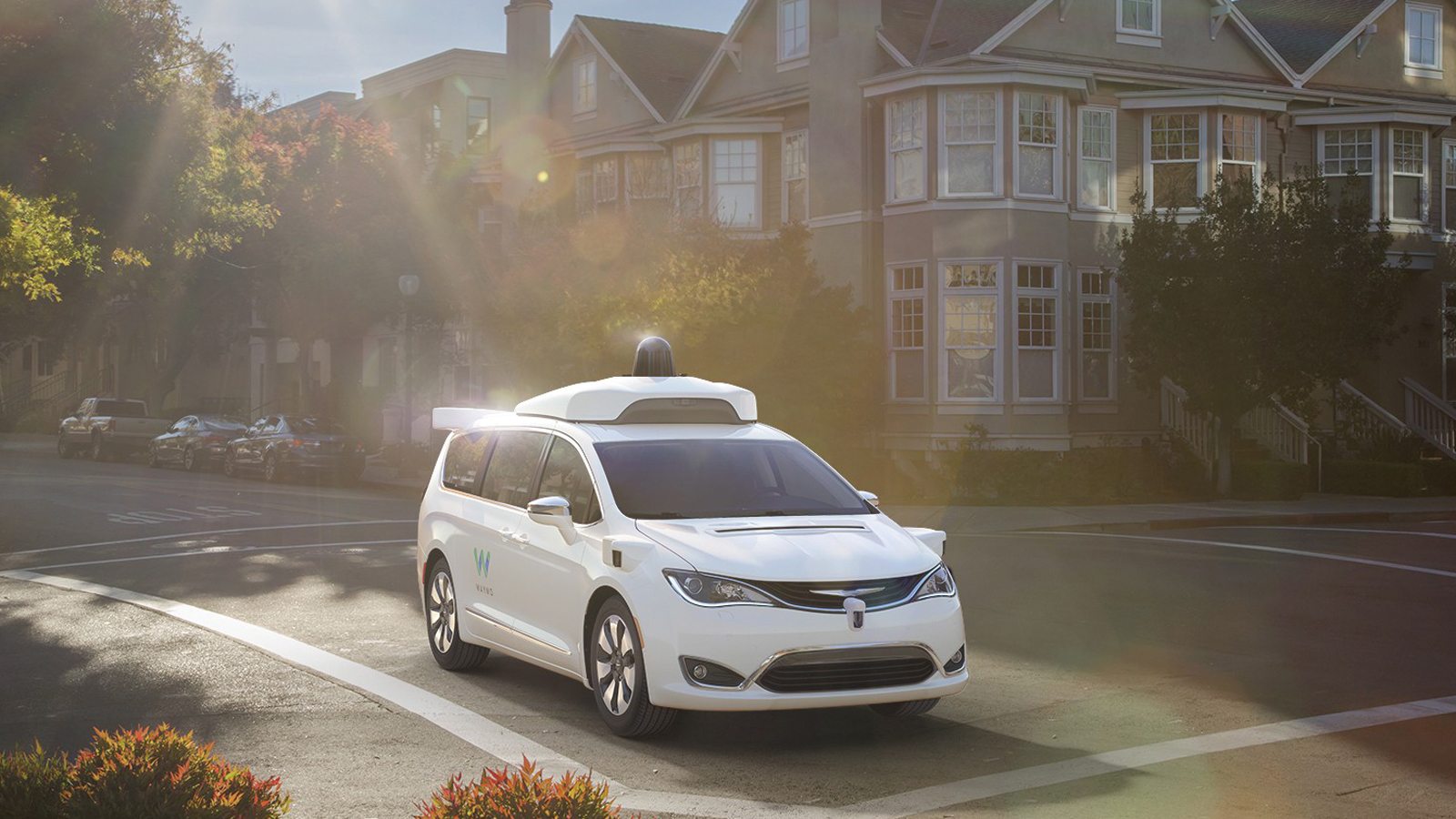Cars are getting smarter every year. Here are some of the latest technological breakthroughs—and what they mean for drivers.
AUTONOMOUS CARS
On the official scale rating self-driving cars, where zero represents an old car with no autonomous features and five is a vehicle without even a steering wheel, the 2018 Audi A8 claims to be the first production car to reach level three. It uses lidar, a laser-radar combination, to virtually “see” the road ahead.
The car isn’t yet legal in Canada, but it’s already being used in Europe. When it does arrive here, you’ll still have to be in the driver’s seat—and will need to employ safe-driving techniques—regardless of the vehicle’s high-tech qualities.
Many existing, less expensive cars can already drive themselves for short periods and under specific conditions—all of which require driver supervision. Every major automaker’s goal, however, is to completely do away with manual operation, likely within the next decade.
Meanwhile, manufacturers continue to add autonomous features to mass-market cars. Sensors and cameras on many new vehicles help them to stay within their lane on the road (a feature dubbed active lane assistance), keep a safe distance from the car ahead (active cruise control) and park themselves.
FULLY CONNECTED
Most current cars connect digitally to a central server to provide engine diagnostics. You may also get notifications from your dealer or service technician saying it’s time for an oil change or other adjustment. Given the vast amount of data being collected, a key concern for AMA is the protection of consumer privacy. AMA believes drivers should be informed about what data is being collected, and be able to choose with whom that data is shared.
MORE TO READ
When it comes to distracted driving, hands-free doesn’t mean risk-free
Inside the car, USB and Bluetooth connections for your phone are now pretty much standard. Apple CarPlay and Android Auto go a step further by mirroring your phone’s screen on the car’s display. This helps keep the phone out of your hands by enabling access to apps by voice command or touch (when the car is not in motion), but it’s not a complete solution for distracted driving: Research shows that interacting with these technologies still has a major impact on drivers’ mental workload.
Many manufacturers also offer their own apps for locating your car and understanding its basic diagnostics. The BMW ConnectedDrive app can even tell when you’re headed home, and offers the ability to turn on lights and adjust the thermostat at your house.
NEW FUELS
We’ve been hearing about them for years, but electric vehicles (EVs) are really just coming into their own in much of the world. That said, some countries, states and provinces are now encouraging the cars’ uptake with subsidies and incentives—which is good, since base prices for EVs are higher than gas-powered cars. The Chevrolet Bolt is the most advanced lower-priced EV and boasts a full-charge driving range of almost 400 kilometres, but it still costs more than $43,000.
MORE TO READ
How to save money on gas by refining the way you drive
Hydrogen-powered vehicles are also on the road in California, Japan and parts of Europe. They could be sold in Canada as early as 2020 if a network of filling stations linking Quebec City to Detroit comes to fruition. The cars’ biggest selling point is that they “drive clean” by emitting only pure water. But there are hurdles to overcome: While hydrogen is abundant, turning it into fuel in a way that’s both environmentally friendly and cost-effective remains a challenge.
Long story short, traditional gas-powered cars are far from finished. Mazda, for example, is about to introduce a gas engine that doesn’t even need a spark plug. It’s alleged to be considerably more fuel-efficient than regular engines and could rule the road for years to come.
